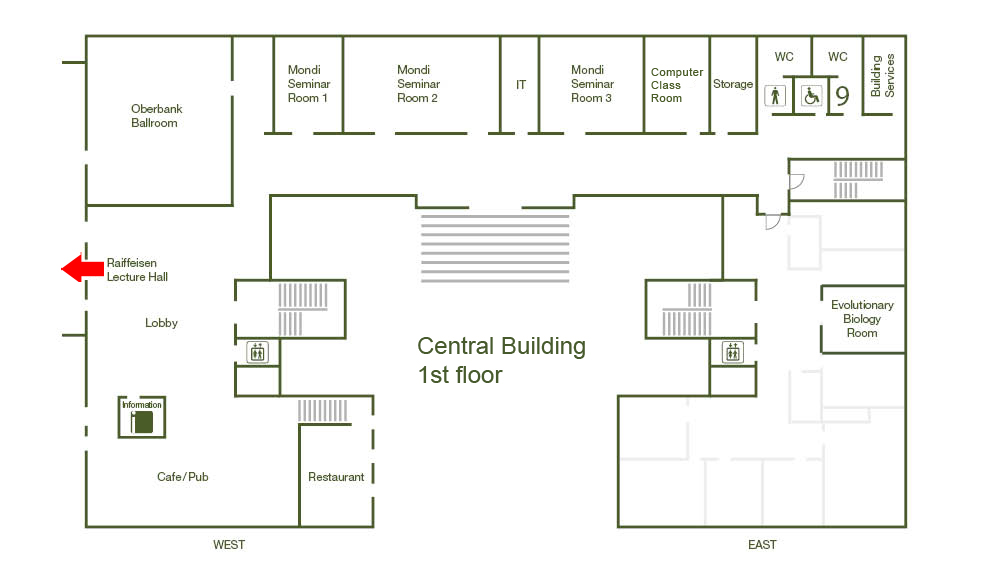How rats navigate: recent studies on hippocampal place and entorhinal grid cells

The Hippocampal Formation contains different types of spatial cells (place, head-direction, boundary, and grid cells) which together make up a cognitive mapping system. The cognitive map enables an animal to locate itself and objects such as food and water in a familiar environment, and to navigate towards or away from particular locations, for example, those containing food or danger respectively. There are several behavioral testing paradigms for assessing an animal’ s knowledge of spatial location and its performance on tests of spatial navigation. Foremost amongst the latter is the Morris Water Maze which, although extremely successful, has several drawbacks for the assessment of behavior and perhaps more importantly is not ideally suited for single unit recording. I will describe a new behavioral testing apparatus, the Honeycomb Maze, which overcomes many of these disadvantages. In addition to describing several spatial factors influencing successful performance on this maze, I will describe the performance of animals with hippocampal damage and discuss preliminary data on the use of the maze to study place cell activity.
In addition to providing inputs for the construction of place representations, the grid cells appear to be good candidates to provide the distance metric for the map. In the second part of my talk, I will review recent evidence from our laboratory in which we distorted the shape of the enclosure. The results suggest that the grid cells are a subset of a more extensive group of spatially periodic EC cells and that they might not be able to provide the metric for the cognitive map in all environments and under all circumstances.